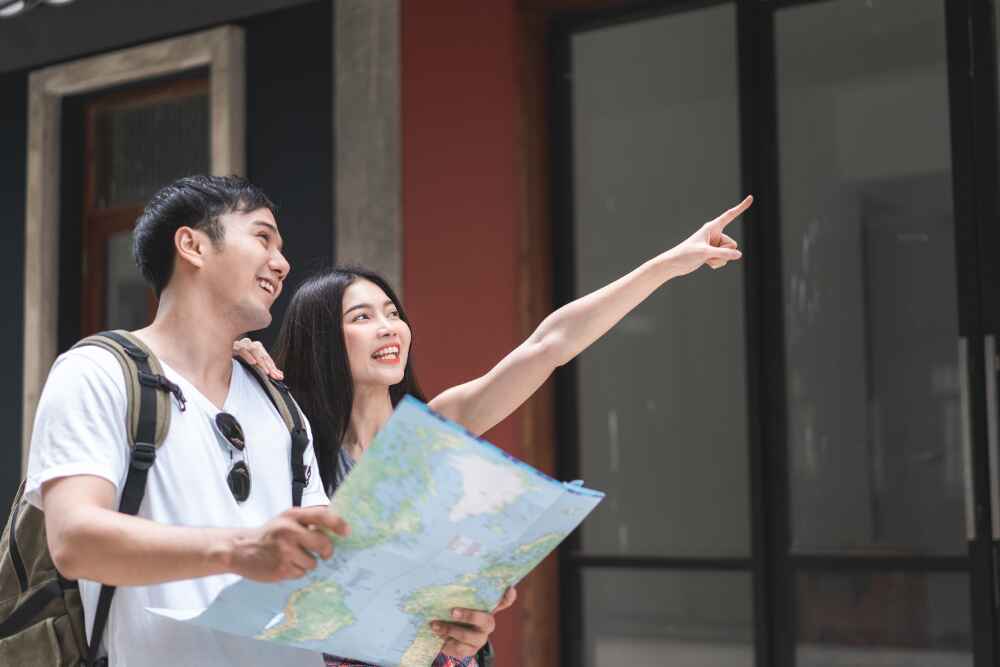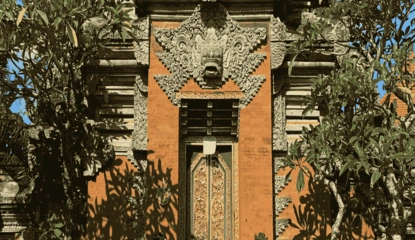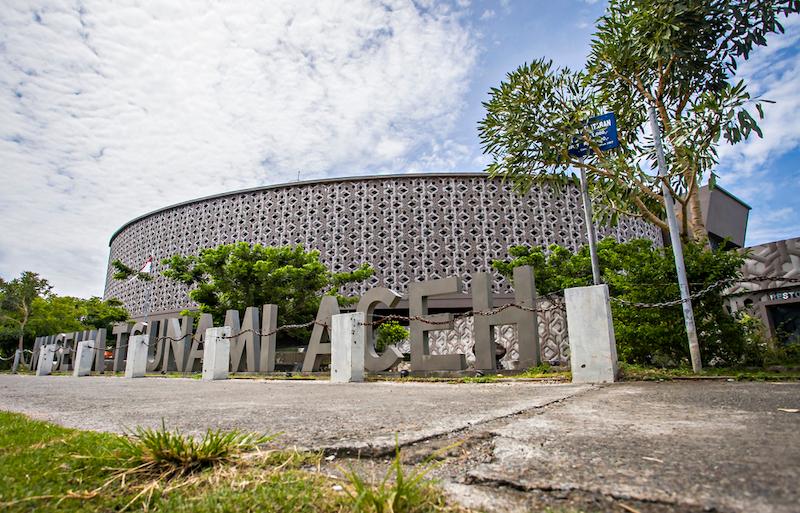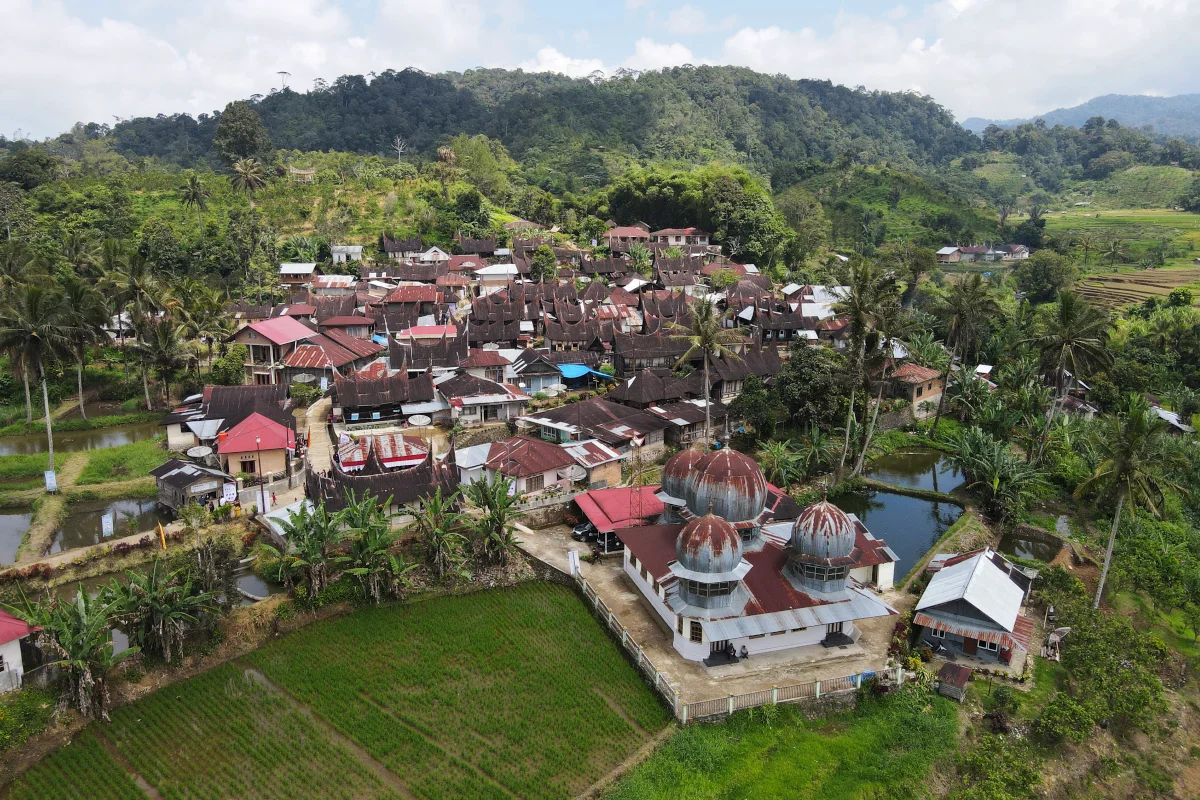More than a Museum: A Monument to Those Who Have Gone and Those Who Survived
The Aceh Tsunami Museum stands not only as a monumental building, but also as a profound reminder of the great tragedy that shook the world on December 26, 2004.
The devastating tsunami claimed more than 200,000 lives in the Indian Ocean region, with Aceh being the hardest hit area.
The museum was built to honor those lost, as well as to commemorate the fortitude of those who survived.
More than just a memorial space, the museum also functions as a disaster mitigation education center. The aim is to raise public awareness about the importance of earthquake and tsunami preparedness.
Architecture that 'Speaks': When Buildings Convey Emotion
The architectural design of the Aceh Tsunami Museum is the work of Indonesian architectural maestro Ridwan Kamil, who was still active as an urban design and planning professional at the time.
The building was not simply built with a technical approach, but was designed as a medium for emotional expression. Each architectural element was created to invite visitors to relive the atmosphere and psychological impact of the tsunami disaster.
The curved, wave-like building has a long, dark hallway at the entrance, depicting the moment of emptiness and fear when the disaster occurred.
Visitors are then led into a memorial room with the names of the victims carved into the walls, creating an immersive, silent, and reflective experience.
Dioramas and Artifacts that Tell a Story
Once inside the museum, visitors are greeted by realistic dioramas that reconstruct the situation before, during, and after the tsunami.
One of the most moving dioramas depicts people trying to save themselves, with the background sound replaying recordings of screams and warning sirens, creating an immersive atmosphere.
The museum also houses original artifacts from the event, such as children's bicycles, clothes found in the rubble, and personal items belonging to the victims.
There is also an educational interactive room designed to teach visitors, especially children and students, about how to save themselves during an earthquake and tsunami.
A visit here is not just a tour, but an emotional pilgrimage
Visiting the Aceh Tsunami Museum is no ordinary tourist trip. It is a pilgrimage of emotions, a tribute to the thousands of lives lost, and a reflection on the importance of solidarity and preparedness.
The museum is suitable for anyone to be visited by anyone, from local tourists, students, researchers, to foreign tourists who want to understand the history and strength of the Acehnese people in rising from the disaster.
The museum operates every day, from 09:00 to 16:00 WIB. The entrance ticket price is very affordable, at around IDR3,000 for locals and IDR10,000 for foreign tourists (prices may change depending on the manager's policy).
Visitors are expected to behave themselves while inside the museum, speak quietly, not run, not touch artifacts without permission, and keep the area clean. This is a sacred place that evokes empathy, not just a photo or entertainment location.
How to Get to the Aceh Tsunami Museum
The Aceh Tsunami Museum is located in the center of Banda Aceh City, precisely on Jalan Sultan Iskandar Muda, and is easily accessible from various strategic points of the city.
If you depart from Sultan Iskandar Muda International Airport, the journey to the museum can be taken around 30-40 minutes by motorized vehicle or online taxi.
For travelers staying in the city center, the museum can be reached within 5-10 minutes by motorized rickshaw or on foot if the location of the inn is close enough.
There are also various modes of local transportation such as angkot called labi-labi (public transportation) that pass through the route to the museum. For a more comfortable experience, you can use car rental services or online motorcycle taxis, which are now available in Banda Aceh.









